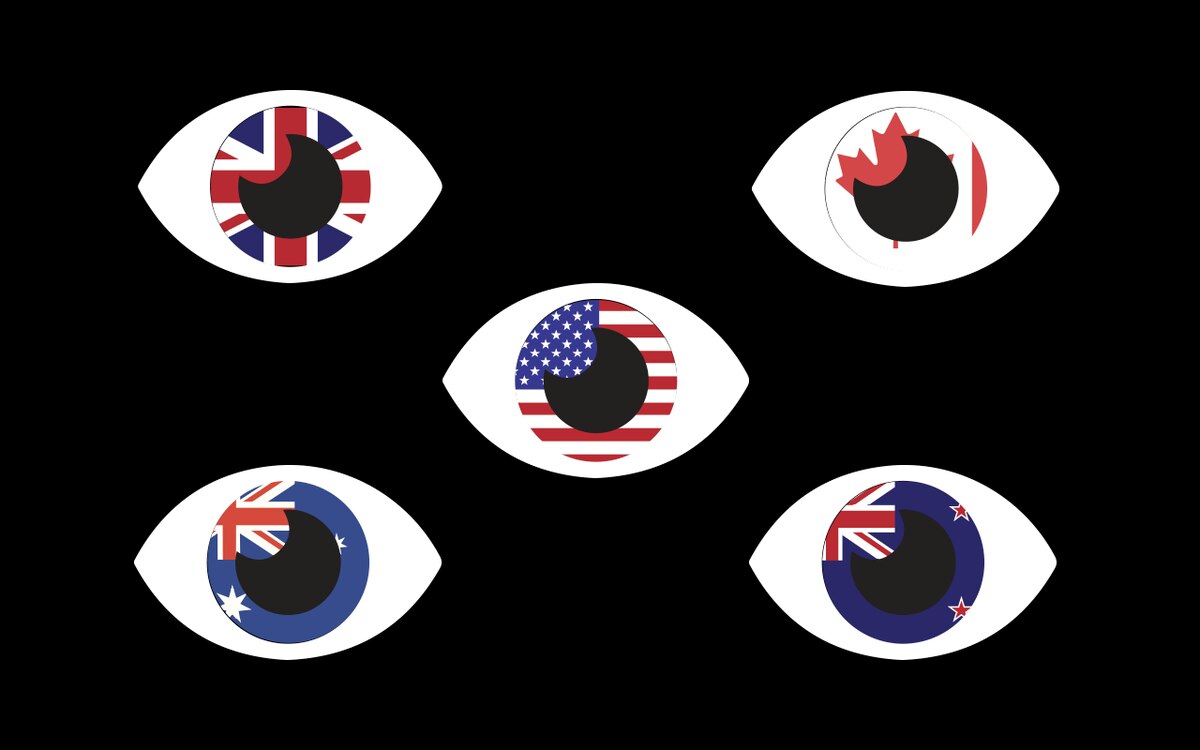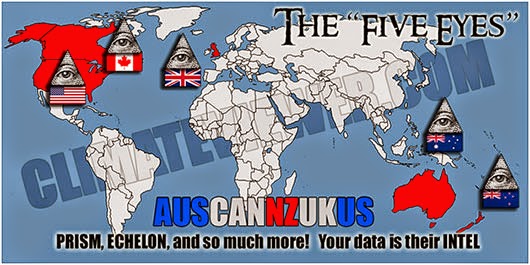

Even worse, they were heavily influenced, and arguably, dictated, by political leaders – namely Tony Blair and George W Bush – who always thought they knew better than the intelligence and military officials advising them. The decisions around the plan of retaliation against al-Qaeda were not made by sober military and intelligence assessments. Lamb, Kerbaj says, reported to Blair at Chequers that “every official he had met during his US visit had been ‘emotionally compromised’ by the terrorist attacks” and observed that people “don’t make good decisions” in such a state. They included Lieutenant General Graeme Lamb, head of Britain’s special forces. He provides a fascinating account of the disquiet among senior British envoys who were flown to Washington the day after 9/11. Kerbaj sympathises with the challenges faced by intelligence professionals. The intelligence did not fit the case being made by President George W Bush in Washington and Prime Minister Tony Blair in London. But when a National Intelligence Estimate was prepared, “it did not cite Murray’s report”. Kerbaj writes that Naji, then the Iraqi foreign minister, let the CIA’s Bill Murray know that Saddam Hussein had no stockpiles of weapons of mass destruction, “chemical, biological and nuclear”. After 9/11 there was the clarity of having a new enemy, but Kerbaj reminds us how intelligence was shaped to justify a war not authorised by a definitive UN Security Council resolution. The Five Eyes had lost part of their raison d’être when the USSR collapsed. The real passion in Kerbaj’s book comes with his account of the US war on terror, starting with the fevered time between the 9/11 attacks and the huge intelligence failures that marked the invasion of Iraq 18 months later. He was the model for the Soviet mole Bill Haydon in Le Carré’s classic spy novel, Tinker, Tailor, Soldier, Spy. Philby did not feel it necessary to defect until 1963. They gave Philby the benefit of the doubt, despite other pointers, including the kidnap and presumed execution of a would-be Soviet defector whose case he was investigating. After Guy Burgess and Donald Maclean, two members of the spy ring recruited by the NKVD at Cambridge University in the 1930s, fled to Moscow in 1951, the British deflected American suspicions that they had been tipped off by Kim Philby. Five Eyes lays out the complacency displayed by the British in the face of evidence that the Foreign Office and the Secret Intelligence Service had been breached. The story is well known, but still beggars belief. Kerbaj reminds us how far the Soviets penetrated Britain’s spy agency, MI6. Science and Technical Research and Development.Infrastructure Management - Transport, Utilities.Information Services, Statistics, Records, Archives.Information and Communications Technology.HR, Training and Organisational Development.Health - Medical and Nursing Management.


Facility / Grounds Management and Maintenance.When Naji wore it to a UN meeting, six months before the invasion of Iraq in 2003, Murray took it as a sign that the channel was active. Bill Murray, then the CIA station chief in Paris, told the BBC that he channelled messages and large amounts of cash to Naji through a middle man, who provided his highly placed source with an expensive handmade suit. Naji’s wardrobe became part of his tradecraft.

According to Richard Kerbaj’s excellent “secret history” of the “Five Eyes” intelligence alliance, he was also passing information to the CIA. Around the turn of the century, my former tennis partner grew a large Saddam-style moustache and became the regime’s last foreign minister. As Baghdad was being heavily bombed, Naji swapped his two-piece for a dark green Baath Party uniform and black beret. The only time I saw him without an Italian suit (outside the tennis court) was during the 1990-91 Gulf War. Since I wanted my next visa, I always accepted his line calls. Naji had a mean slice and always claimed the ball was in when it was not. I used to play tennis with him at the Rasheed Hotel. As Naji rose through the regime, he opened a few doors for us. He was mostly friendly and fairly helpful. In the last decade of Saddam Hussein’s rule in Iraq, a man called Naji Sabri al-Hadithi played an important part in the working lives of journalists who were visiting Baghdad.


 0 kommentar(er)
0 kommentar(er)
